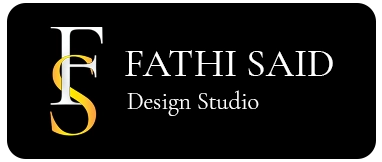As a freelance designer, you know that creating a work of art is never a straightforward process. It involves countless hours of ideation, sketching, and refining to achieve the perfect design. However, what happens when the client wants to make changes during a live Zoom session? This can often have a significant impact on the budget, timeline, and relationship with the client.
The first issue that arises when editing artworks during a live Zoom session is the budget. As a freelancer, you have a set rate for your services, and any changes to the design can result in additional work, which means additional payment. If the changes are minor, then the financial impact may be minimal. However, if the changes are significant, then it can significantly impact the budget. It’s essential to ensure that the client understands the financial implications of the changes before proceeding.
The second issue that arises is the timeline. Editing an artwork during a live Zoom session can often take longer than expected, and this can cause delays in the project timeline. As a freelancer, you may have other projects lined up, and any delays can impact your ability to deliver on time. It’s essential to set realistic expectations with the client and ensure that they understand the impact of any changes on the project timeline.
The third issue that arises is the relationship with the client. Editing an artwork during a live Zoom session can sometimes lead to disagreements and misunderstandings. It’s essential to maintain a professional approach and ensure that the client is aware of the impact of any changes on the project. Communication is key, and it’s important to ensure that the client understands the design process and the implications of any changes.
These issues are not unique to freelancers; in-house designers also face the same challenges. However, as a freelancer, you may feel more pressure to please the client and maintain a good relationship. This can often lead to additional stress and anxiety, which can impact your creative output.
One way to address these issues is to have a contract in place. A contract can help establish clear expectations and boundaries for both parties. It can outline the scope of work, the timeline, and the budget. It can also include a clause that addresses any changes to the artwork and the financial implications of those changes. Having a contract in place can help mitigate any misunderstandings and ensure that both parties are on the same page.



